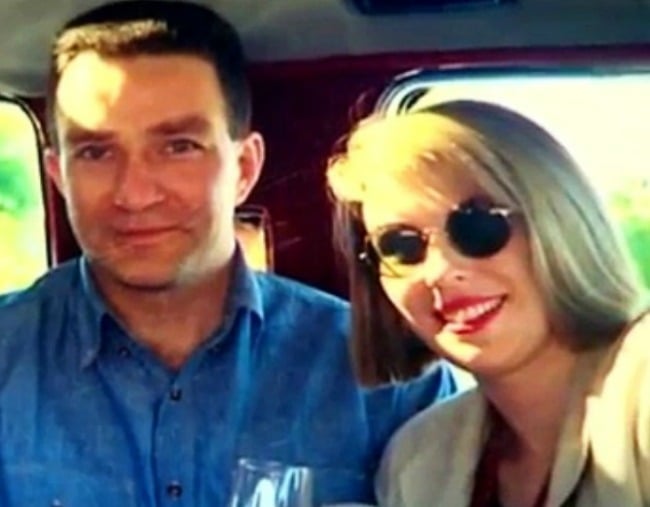
Henry Keogh spent more than 20 years behind bars for murder.
The divorced father-of-three became known as the “body in the bath” killer and his case continues to divide the Adelaide community.
In March 1994, the 38-year-old was just six weeks away from marrying his 29-year-old fiancée, Anna-Jane Cheney.
According to The Inquirer, the couple’s relationship began as a secretive two-year affair. Henry would later leave his wife and his three young daughters to be with Anna-Jane.
On a fresh autumn night, the couple enjoyed a few drinks after work at the Norwood Hotel. They had several glasses of wine and shared some potato wedges.
They then returned to the home they shared in Adelaide’s north-eastern suburb of Magill.
Anna-Jane complained of a sore back and decided to take a bath, while Henry went to visit his mother who lived nearby.
When Henry returned home around 8.15pm that night, he found Anna-Jane’s lifeless body submerged in the bath.
He tried to perform CPR on his fiancée and called emergency services.
At first authorities believed it was a terrible accident, Anna-Jane had slipped in the bath, knocked her head and fallen unconscious underwater.



Top Comments
"The Cheney family, however, will not give up the fight for justice. They haven't ruled out the possibility of taking civil action against the man they still believed murdered their loved one."
It's been proven he didn't do it. That they're still going pursuing him means they're not interested in justice, they want revenge. Disgusting.
Are you kidding? His relationship with Anna Cheney began as an illicit affair. He left his wife and kids for her. He then took out 5 life insurance policies on her, naming himself as the sole beneficiary in all of them. Three of them she didn't even know about and her signature had been forged. The SA Police Commissioner last week said, "To call Henry Keogh a person of interest is an understatement." Their opinion has never changed. So, actually, I think the fact that he was awarded $2.5m for his troubles is disgusting. Really disgusting.
Nope, not kidding even a little bit. If you want to be upset at someone, be upset at Dr Colin Manock. He's the one who made shit up that resulted in a wrongful conviction (you know, the reason the government had to pay the wrongly imprisoned person $2.5 million...).